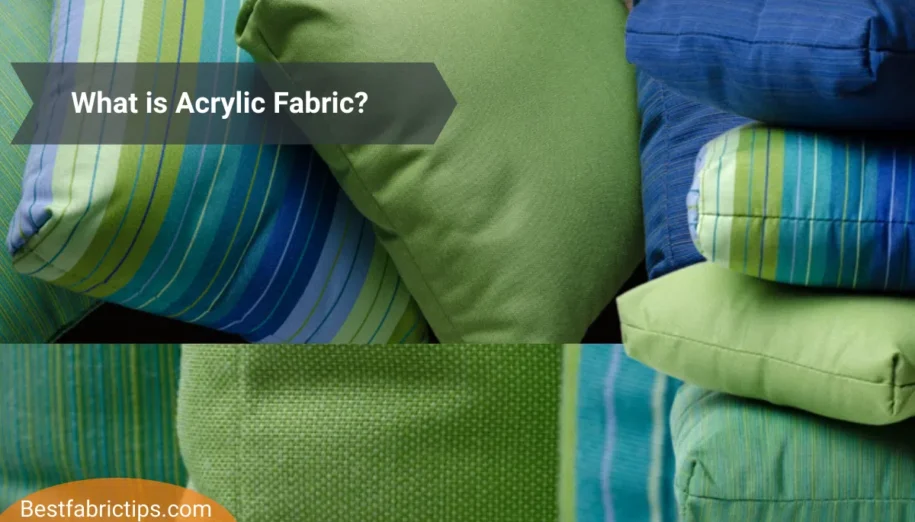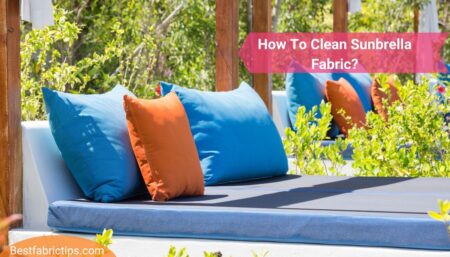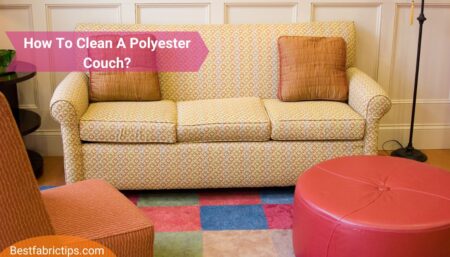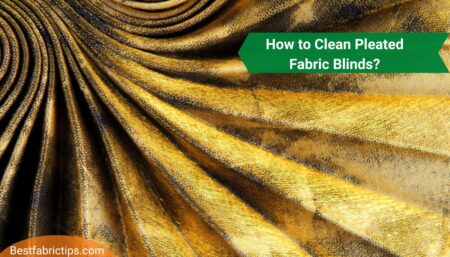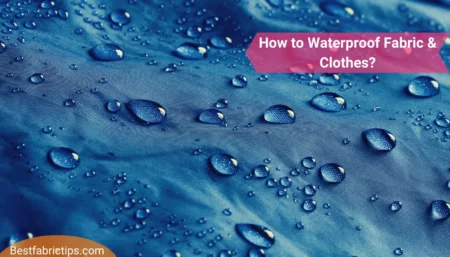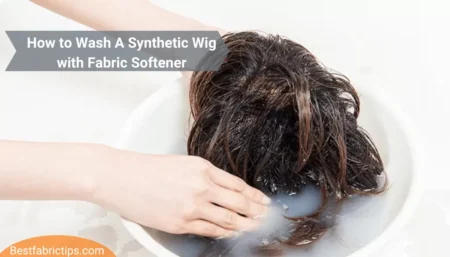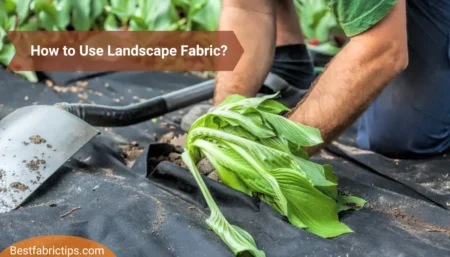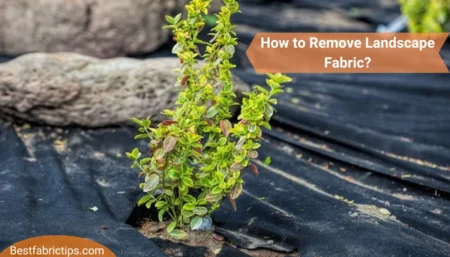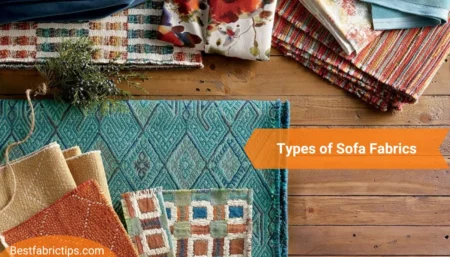Acrylic fabric is manufactured from acrylic yarns that are woven or knitted together to form a thick, warm fabric. The remarkable warmth and insulation provided by this material makes it a popular option for sweaters, coat linings, and outdoor sporting clothing. This fabric is frequently used as a less expensive alternative to wool.
What is Acrylic Fabric?
Acrylic was developed during World War II by the same firm that made nylon. During this historical period, textile research had reached unprecedented heights, and people believed that synthetic textiles might eventually completely replace natural cloth! Although acrylic grew increasingly popular in the 1950s because of its insulating properties, it was mostly used for cold-weather clothes.
The public was then made aware of the possible risks of plastic-based synthetic textiles as a result of the rise in environmental consciousness that began in the 1970s. Polyester, nylon, and acrylic were still in high demand, but manufacturing in the United States had gone down a lot over the last few years.
China and other Asian countries account for the vast majority of acrylic production now in existence. A popular choice for cold-weather apparel, despite its often controversial reputation in the retail clothing industry, continues to be popular today.
How is Acrylic Fabric made?
Fabric constructed of acrylic monomers, which are generated from coal and petroleum, is a type of synthetic material. Polymerization is a chemical process that transforms these monomers into a long strand of plastic known as a polymer once they have been combined. Plastic is then melted and turned into filaments, which are then spun into thread-like fibres after they’ve been turned into thread.
Following that, each and every acrylic fibre is spun into yarn using specialised machinery. The yarns may be dyed or subjected to additional chemical treatments, depending on the intended outcome. Special washing and crimping treatments applied to the large spools of yarn nearly invariably result in improved insulation properties for the textile. Finally, the completed cloth is created by weaving or knitting!
In order to be considered acceptable in the United States, an acrylic fibre must contain at least 85 percent of a monomer known as acrylonitrile.When polyacrylonitrile is formed, it is referred to as polyacrylonitrile. These one-of-a-kind polymers are responsible for the cloth’s signature warmth and softness.
Acrylic fabric is utilised in a variety of applications, but you’ll find it most frequently in sweaters, caps, and gloves. It’s interesting to note that the United States no longer manufactures acrylic fabric, despite the fact that enormous quantities are imported every year in the form of retail apparel and other fabric-related products. China, India, and South America are home to the majority of production and manufacturing facilities. Acrylic fabric, which has a high percentage of the chemical acrylonitrile, continues to be a popular fabric for use in garments. Having said that, there are three different types of acrylic material that have particular uses.
Modacrylic incorporates a variety of polymers in addition to acrylonitrile. This fabric has strong flame resistance and is utilized as a high-performance athletic cloth because of its performance characteristics. It also has a better drape than standard acrylic, which makes it more appealing for different types of clothes than standard acrylic.
Lastrile includes an elasticky polymer known as aliphatic diene, which allows it to be used to create a stretchier sort of fabric.
Vinylidene dinitrile is a polymer that makes up a significant portion of the nitrile’s composition. This product does not get a lot of use because it does not take color and does not handle standard acrylic material well.
Features of Acrylic Fabric
Acrylic fiber has an appearance and feel that is quite similar to that of wool fibers. Acrylic fabric is lightweight, warm, and silky to the touch, making it ideal for layering. Consequently, it is used in lieu of wool or combined with sheep wool or cashmere to provide a luxurious feel. Sweaters, caps, stockings, and knitting yarn are some of the common end items made from acrylic fabric.
Acrylic fabric, like polyester and nylon, has a hydrophobic property, which means it repels water. This might result in the growth of germs in the fabric, which can undermine its structural integrity and generate odor. As a result, acrylic fabric is more prone to generate static electricity and cling than other fabrics. Also combustible and incredibly tough to extinguish, acrylic cloth is more harder to fire than wool fabric.
Acrylic is not a good material for clothing because of its physical characteristics. It is generally combined with real wool fibers or used to simulate wool, not because of its characteristics, but rather to save money on the cost of raw materials for manufacturers to employ.
Uses of Acrylic Fabric
Acrylic fabric is the most often encountered type of fabric in garments. Acrylic fabric may be found in a variety of products such as sweatshirts and hoodies, jackets, sporting wear, and even some protective equipment and apparel since it is robust, rough, and warm in nature. In fact, acrylic is regarded to be one of the least breathable types of materials available, which makes it ideal for storing body heat. As a result, it’s widely found in a variety of products such as sweaters, boot linings, hand gloves, and other accessories.
Acrylic cloth is also used in the manufacture of furniture. Acrylic fabrics used for furniture have a rougher hand than plant-based textiles and are thus more durable. Specifically, it’s due to the fact that acrylic is a type of plastic that requires texturization in order to replicate the feel of a natural textile such as cotton. As a result, acrylic fabrics are frequently seen on outdoor furniture, as is lower-priced furniture.From time to time, you could even come across acrylic materials being used in unexpected areas like restaurants and retail stores. Acrylic fabric, for example, can be found in hair extensions, wigs, and even area rugs and hair brushes, among other things.
Acrylic fiber is a lightweight material that is easy to wash. However, it can be fickle — at least when it comes to the temperature of the hot and cold water in the shower. It is usually preferable to wash acrylic in warm water in order to guarantee that it keeps its elasticity and durability.
Acrylic is also prone to staining, even when treated with stain-resistant chemical agents. These compounds allow stains to remain on the surface of the fabric rather than being absorbed into the fibers. It is necessary to reapply these coatings or finishes once they have been worn away.
Conclusion
Acrylic fabric is made out of fossil fuels and goes through a complicated manufacturing process that transforms it first into a polymer and then into fibers before being sold. Manufacturers knit or weave the fibers together to create a material that has a feel and softness similar to that of wool. As a result, acrylic may be used in the same applications as wool and winter clothing. Boot linings and fuzzy blankets are examples of such items. Despite the fact that acrylic and polyester are made in the same way, the two types of fabric don’t have many similarities.

